Eurozone CPI accelerated to 2.2% yoy in October, up from 2.1% yoy and matched expectations. Core CPI accelerated to 1.1% yoy, up from 0.9% yoy and beat expectation of 1.0% yoy. Among the components, energy jumped 10.6% yoy (accelerated from 9.5%). Food, alcohol & tobacco rose 2.2% yoy (slowed from 2.6%). Services rose 1.5% yoy (accelerated from 1.3%). Non-energy industrial goods rose 0.3% yoy (up from 0.3%).
Eurozone (EA19) unemployment rate was unchanged at 8.1% in September, matched expectations, staying as the lowest since November 2008. EU28 unemployment rate was unchanged at 6.7%, lowest since January 2000. Among EU member states, lowest unemployment rate is found in Czechia at 2.3%, then Germany and Poland at 3.4%. Highest unemployment rate is observed in Greece at 19.0%, then Spain at 14.9% and then Italy at 10.1%.
EUR/USD breached 1.1335 temporary low a hour ago. While there is no follow through selling yet, bias is tentatively on the downside for 1.1300 key support.




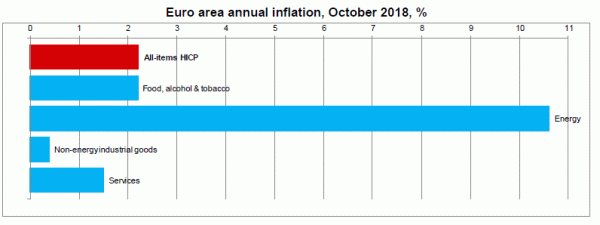
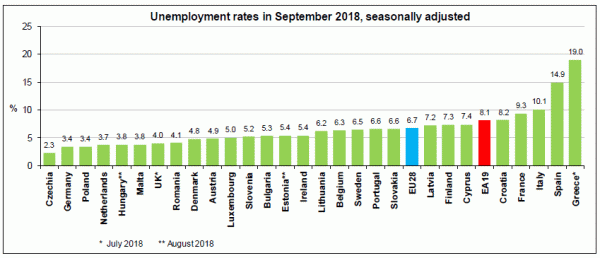
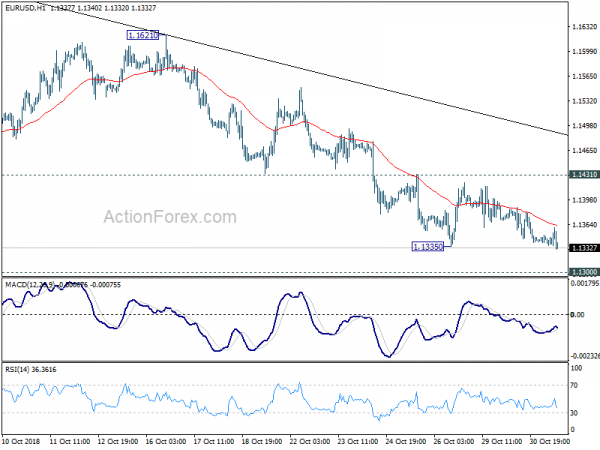
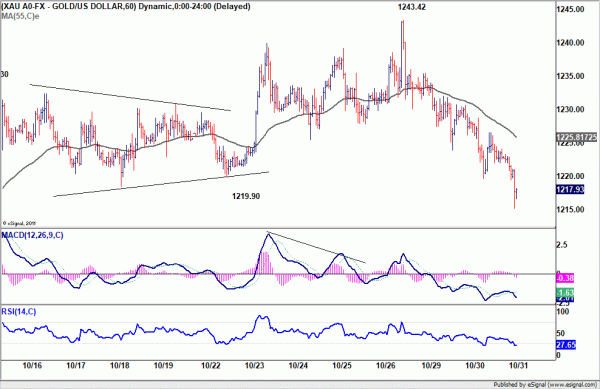
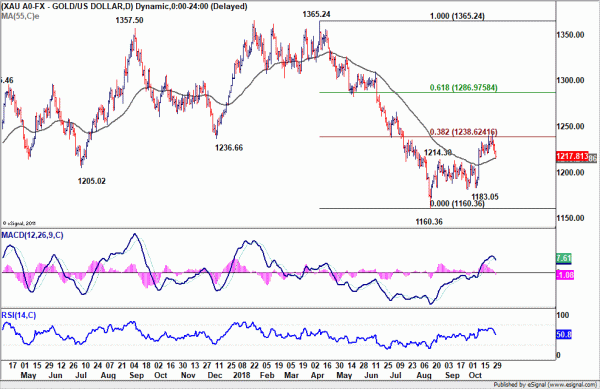
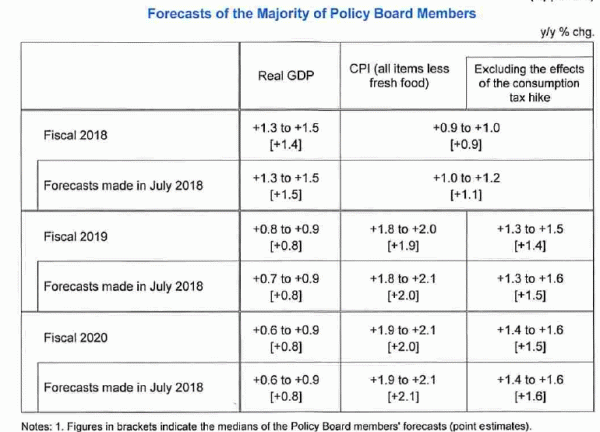
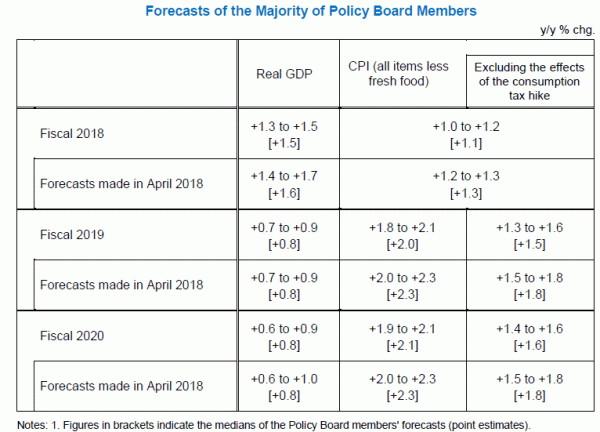
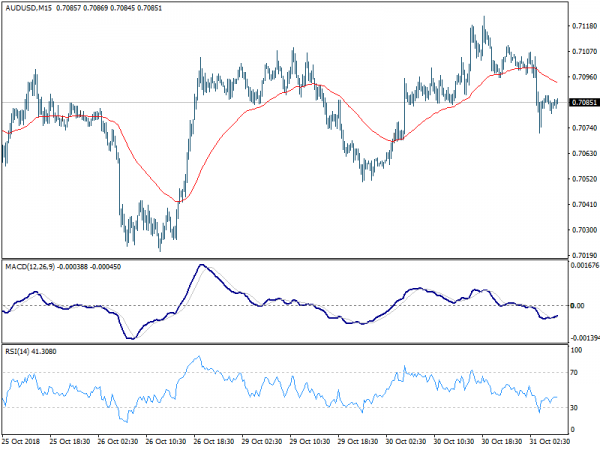
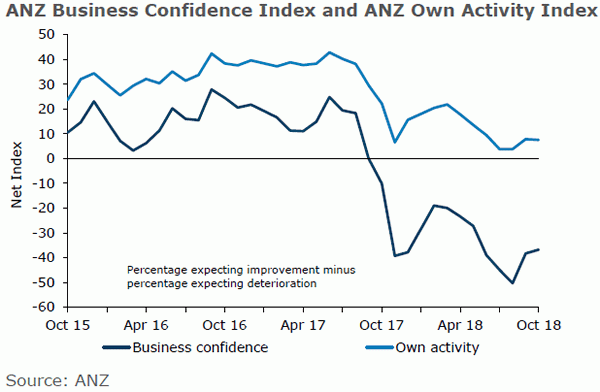
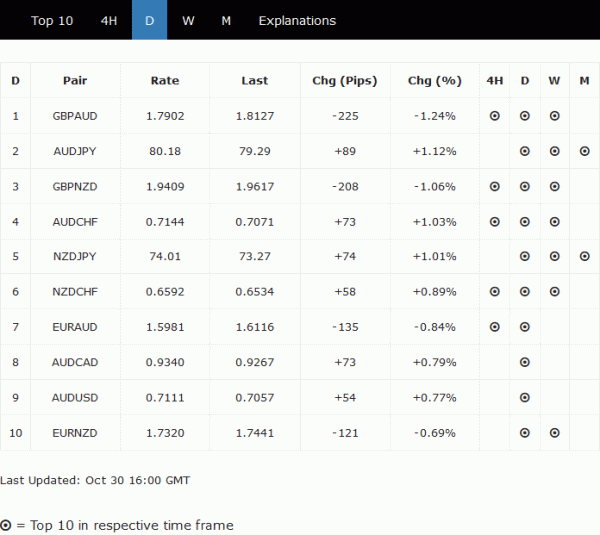
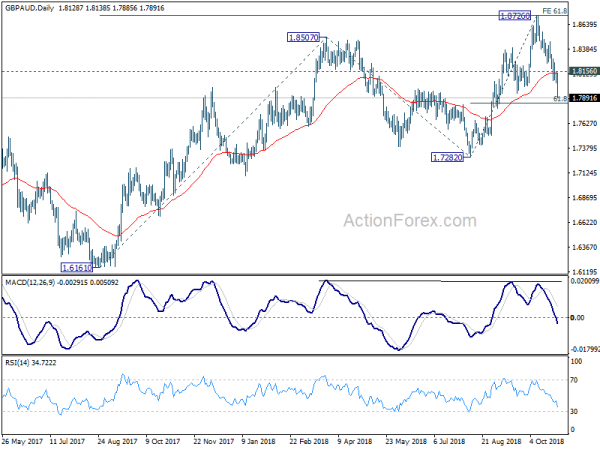
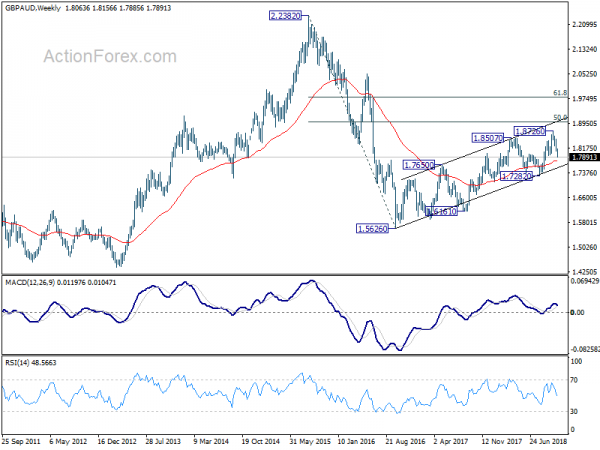
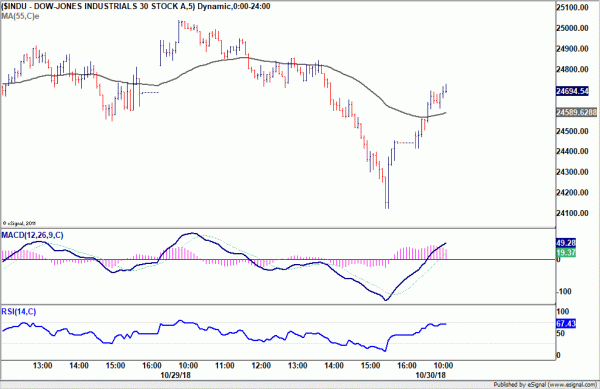
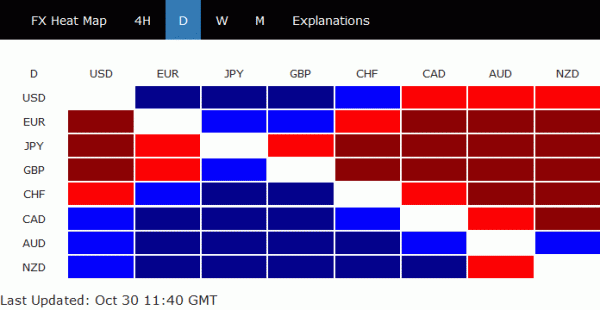
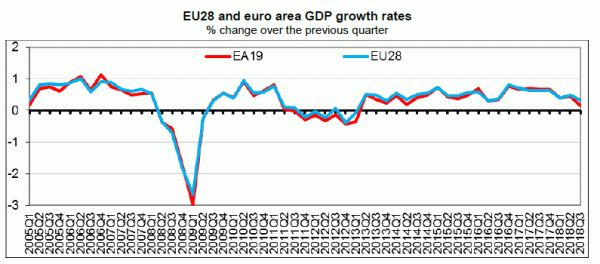

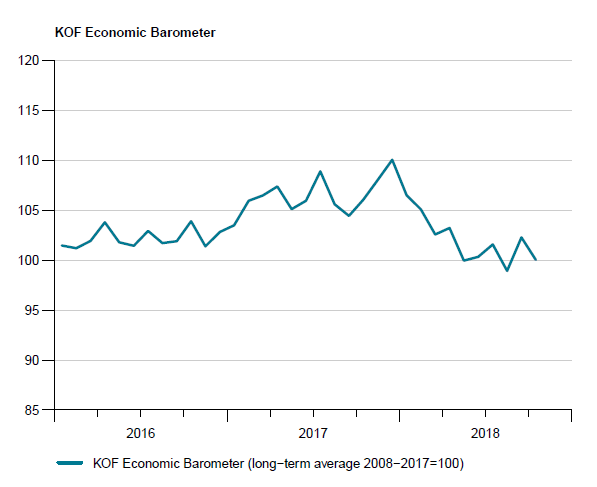
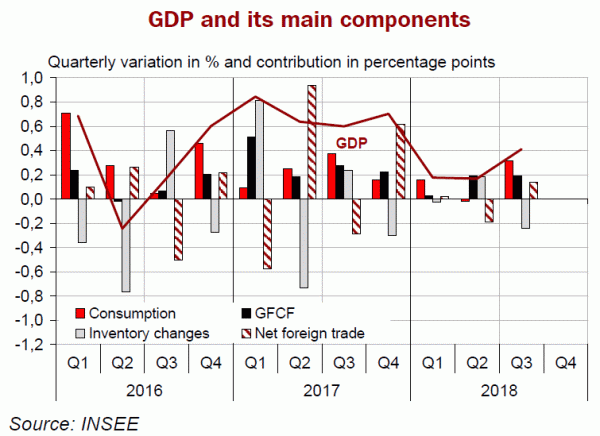
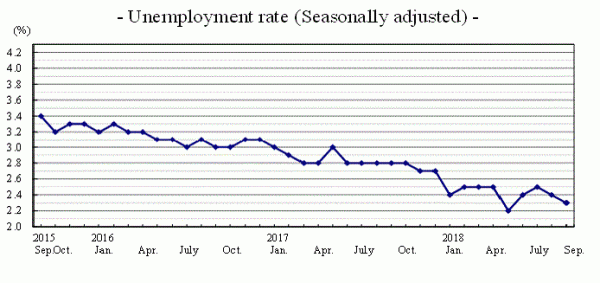
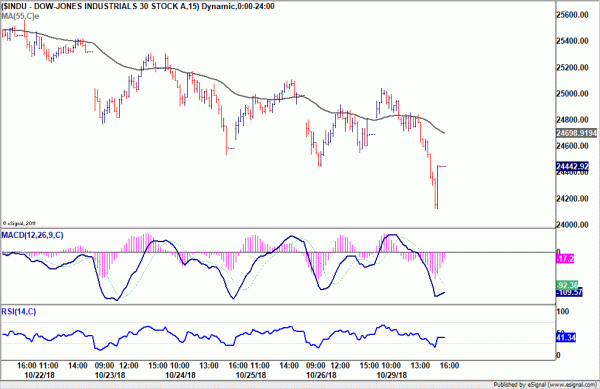
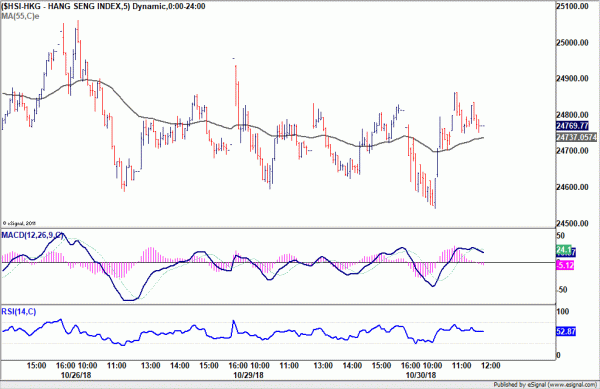
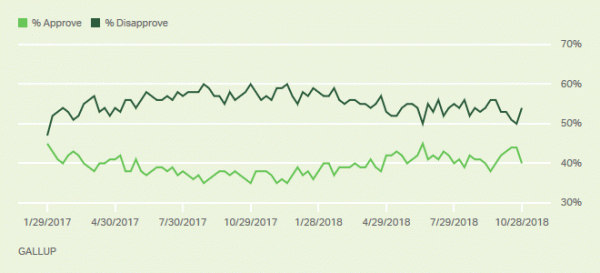
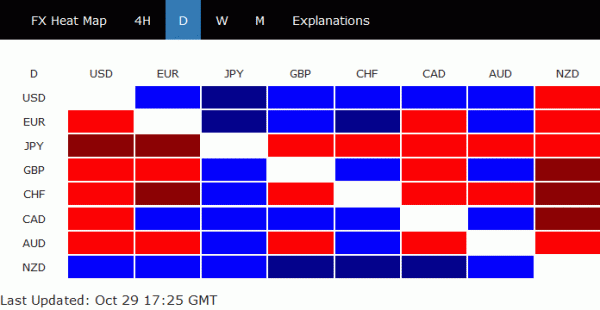
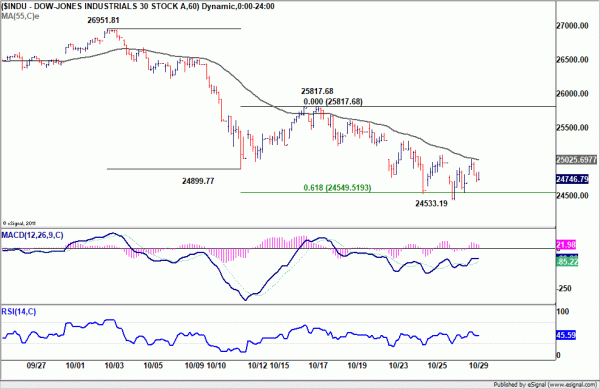


ECB Hansson talks down Q3 GDP slow down
ECB Governing Council member Ardo Hansson urged not to read too much in to the weaker than expected Q3 GDP figure (0.2% qoq released yesterday). He said, “these were preliminary numbers, maybe they were a bit slower than some expected.” And, “we have to wait and see what was behind this.” Also, he said “as there have been no significant, material change in one way or the other I would not make major conclusions” regarding monetary policy or economic outlook. He also emphasized the need to look at ECB’s own staff projections to be updated in December instead.
Separately, Daniele Nouy, chair of the Supervisory Board of the ECB, said that Eurozone has “reduced risks enough for the European Deposit Insurance Scheme to start.”. And it’s the right time to set it up and “consider some solidarity”. Nouy also added creating cross border consolidation in the banking said can be a solution to the top risks of low profitability. She said “such cross-border mergers would also create a few large European banks – let us call them `European champions’ – which could then successfully compete on the global stage.”